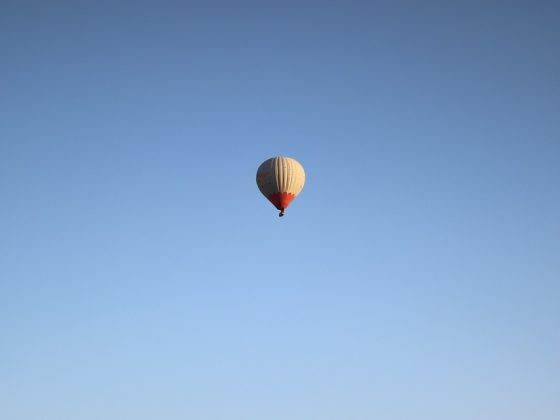Planning Your Adventure
The first step in planning the perfect outdoor escape is to determine what type of adventure you’re looking for. Are you interested in hiking through rugged mountain terrain, camping under the stars, or kayaking on a serene lake? Once you’ve identified your desired activities, it’s time to research potential destinations that offer them. Consider factors such as distance from your home, difficulty level, and availability of amenities. Websites like AllTrails and The Dyrt are great resources for finding hiking trails and campgrounds in your desired locations.
After selecting a destination, the next step is to create a detailed itinerary. This should include a list of activities you want to do, places you want to visit, and any reservations you need to make in advance. Be sure to leave some flexibility in your schedule for unexpected detours or spontaneous adventures. Remember, the goal of your outdoor escape is to relax and have fun, so don’t overplan every minute of your trip.
Packing Essentials
Packing for an outdoor adventure can be daunting, but with the right gear and supplies, you’ll be prepared for anything nature throws your way. Start by creating a checklist of essential items such as a tent, sleeping bag, camping stove, and basic first aid kit. Don’t forget to pack plenty of food, water, and clothing layers to stay comfortable in changing weather conditions. It’s also important to bring navigation tools like a map, compass, or GPS device, as well as a fully charged cell phone in case of emergencies.
When it comes to clothing, choose moisture-wicking fabrics that dry quickly and provide protection from the elements. Consider packing extra socks, gloves, and a hat to stay warm in cooler temperatures. Don’t forget to bring sunscreen, insect repellent, and a headlamp or flashlight for nighttime activities. And always pack out what you pack in to leave no trace of your presence in the wilderness.
FAQs
Q: What are some safety tips for camping in the wilderness?
A: Always tell someone where you’re going and when you expect to return. Bring a first aid kit, emergency shelter, and plenty of food and water. Be aware of your surroundings and watch out for wildlife. Follow Leave No Trace principles to minimize your impact on the environment.
Q: How can I stay hydrated while hiking or camping?
A: Drink plenty of water before you start your hike and carry a hydration pack or water bottle with you. Consider bringing electrolyte tablets or sports drinks to replenish your body’s fluids and minerals. Avoid drinking untreated water from streams or lakes, as it may contain harmful bacteria.
Q: What should I do if I encounter a bear or other wildlife while hiking?
A: Stay calm and slowly back away from the animal. Make yourself appear as large as possible by raising your arms or waving a jacket. Never approach or feed wild animals, and always keep a safe distance. If a bear charges at you, stand your ground and make loud noises to scare it away.











